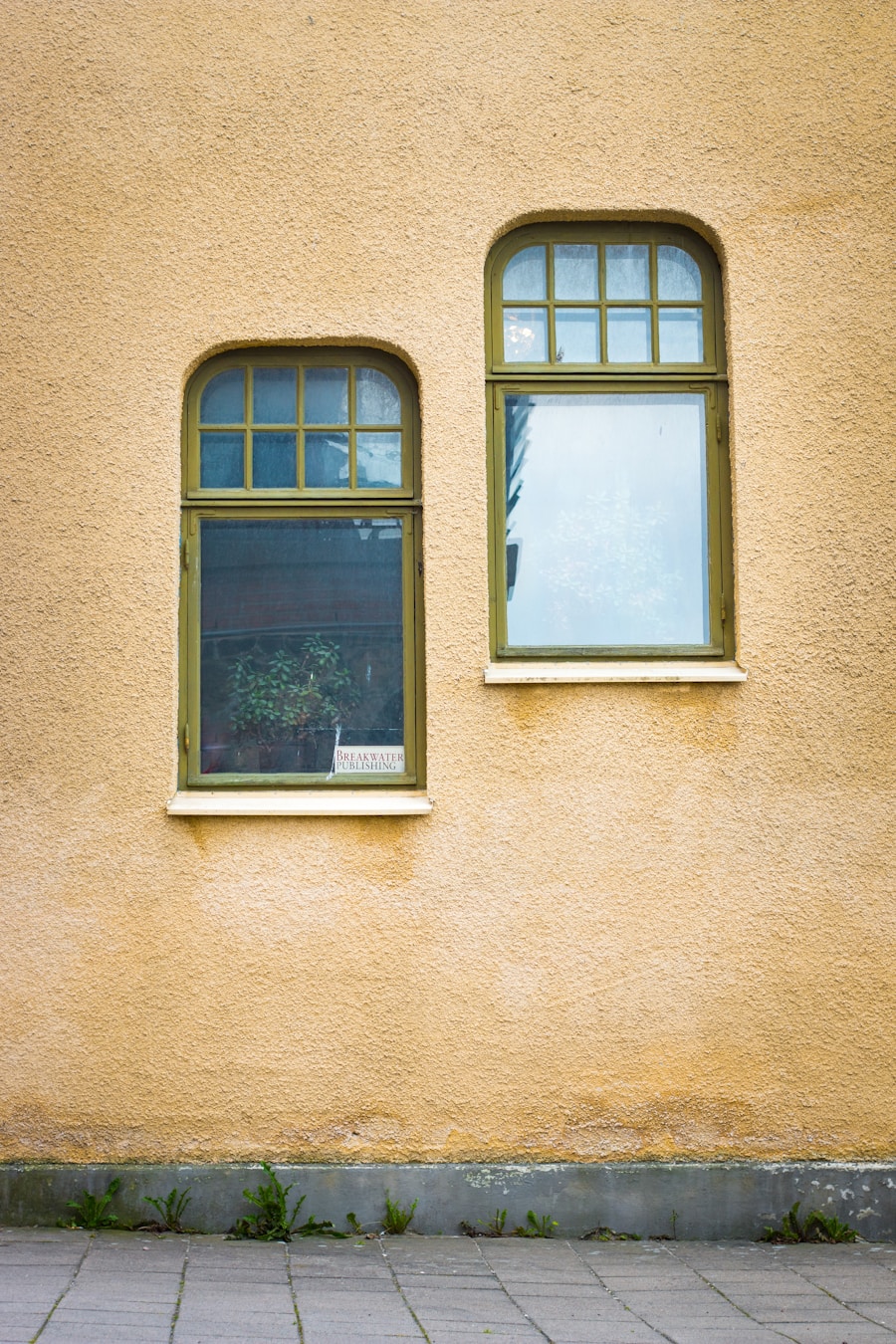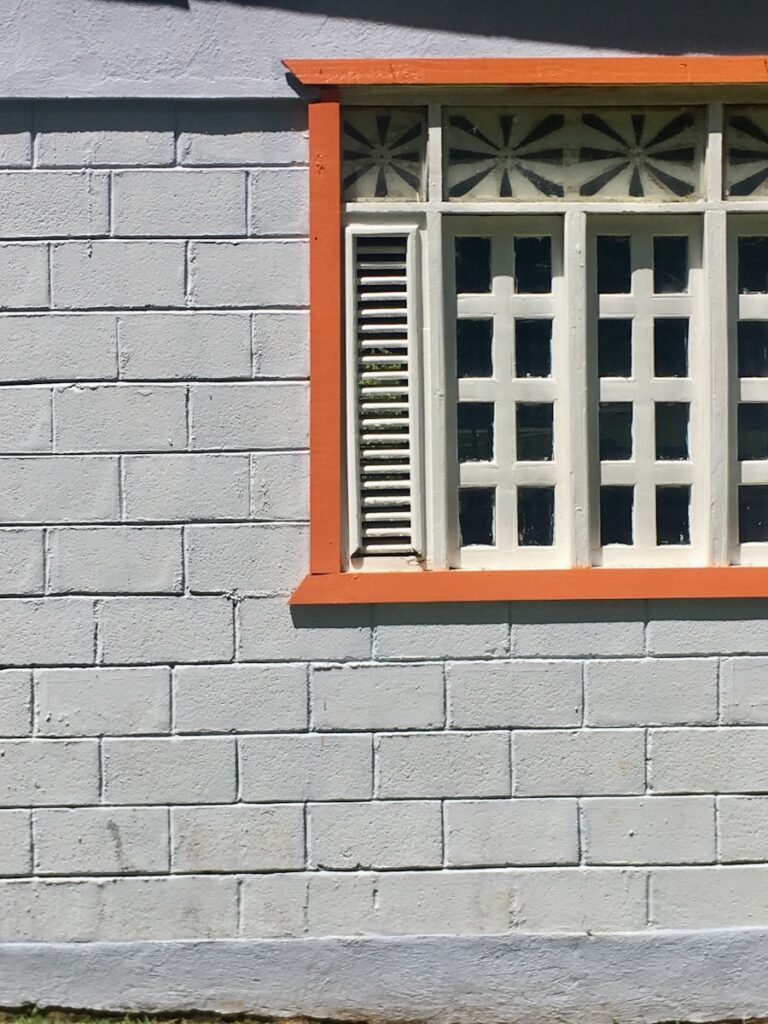When it comes to window replacement, several factors play a crucial role in determining the overall cost. One of the primary considerations is the type of material used for the windows. Common materials include vinyl, wood, aluminum, and fiberglass, each with its own price range and durability.
Vinyl windows tend to be the most affordable option, while wood windows, known for their aesthetic appeal, can be significantly more expensive due to the cost of materials and maintenance requirements. Additionally, the choice of glass can also impact costs; double or triple-pane glass offers better insulation but comes at a higher price. Another important factor is the size and style of the windows.
Standard sizes are generally less expensive than custom sizes, which require more labor and materials to manufacture. Furthermore, specific styles, such as bay or bow windows, often come with a higher price tag due to their complexity in design and installation. The location of the windows within the home can also influence costs; for instance, windows on higher floors may require special equipment for installation, adding to labor expenses.
Understanding these factors can help homeowners make informed decisions when budgeting for window replacement.
Key Takeaways
- Factors affecting window cost include material, size, style, and energy efficiency
- Different types of windows such as double-hung, casement, and bay windows have varying costs
- Budget for window installation should include the cost of windows, labor, and any additional materials
- Saving money on window replacement can be achieved through research, negotiation, and DIY options
- Hidden costs to consider when replacing windows include permits, disposal fees, and potential structural repairs
Different Types of Windows and Their Cost
Single-Hung and Double-Hung Windows
Single-hung and double-hung windows are among the most popular choices for residential properties. Single-hung windows are generally more affordable due to their simpler design, featuring a fixed upper sash and a movable lower sash. In contrast, double-hung windows allow both sashes to move, providing better ventilation and ease of cleaning, but they come at a higher cost.
Casement and Sliding Windows
Casement windows are another popular option, known for their energy efficiency and ability to provide unobstructed views. These windows are hinged on one side and open outward, which can be advantageous for ventilation. However, their installation can be more complex, leading to increased labor costs. Sliding windows are also widely used, particularly in modern homes, as they offer a sleek design and ease of use. While they may be less expensive than casement windows, their cost can vary based on the materials used and the size of the opening.
Choosing the Right Window Type
Homeowners should carefully consider their needs and preferences when selecting window types to ensure they find the best fit for their budget. By weighing the pros and cons of each option, homeowners can make an informed decision that meets their unique requirements and budget constraints.
Budgeting for Window Installation

Creating a budget for window installation is essential for homeowners looking to replace their windows. The first step in this process is to determine how many windows need to be replaced and what types will be chosen. This initial assessment will provide a rough estimate of costs based on material and style preferences.
It is also wise to factor in additional expenses such as labor costs, which can vary significantly depending on the complexity of the installation and the region in which one lives. In addition to direct costs, homeowners should also consider setting aside a contingency fund for unexpected expenses that may arise during installation. This could include issues like discovering rot in the window frames or needing additional structural support.
By planning for these potential surprises, homeowners can avoid financial strain during the project. Furthermore, it is advisable to obtain multiple quotes from different contractors to compare prices and services offered. This not only helps in finding the best deal but also provides insight into the average market rates for window installation in their area.
Source: HGTV
Ways to Save Money on Window Replacement
| Ways to Save Money on Window Replacement |
|---|
| 1. Energy Efficiency |
| 2. DIY Installation |
| 3. Research and Compare Prices |
| 4. Opt for Standard Sizes |
| 5. Utilize Tax Credits and Rebates |
Homeowners looking to save money on window replacement have several strategies at their disposal. One effective approach is to take advantage of seasonal sales or promotions offered by window manufacturers and retailers. Many companies offer discounts during off-peak seasons or around holidays, making it an ideal time to purchase new windows at a reduced price.
Additionally, homeowners can consider purchasing windows directly from manufacturers rather than through third-party retailers, which can often lead to significant savings. Another way to cut costs is by opting for energy-efficient windows that qualify for tax credits or rebates. Many governments offer incentives for homeowners who invest in energy-efficient upgrades, which can help offset some of the initial costs associated with window replacement.
Furthermore, homeowners can also consider doing some of the preparatory work themselves, such as removing old windows or preparing the installation site. This not only reduces labor costs but also allows homeowners to have more control over their budget.
Hidden Costs to Consider When Replacing Windows
While homeowners often focus on the visible costs associated with window replacement, there are several hidden expenses that can arise during the process. One common hidden cost is related to permits and inspections required by local building codes. Depending on the jurisdiction, homeowners may need to obtain permits before beginning installation, which can incur additional fees.
It is essential to research local regulations beforehand to avoid any surprises that could delay the project. Another potential hidden cost involves repairs that may be necessary before new windows can be installed. For instance, if existing frames are damaged or if there is water damage around the window openings, these issues must be addressed before new windows can be fitted properly.
This could involve additional labor and materials that were not initially accounted for in the budget. Homeowners should conduct a thorough inspection of their current window frames and surrounding areas before proceeding with replacement to identify any potential issues early on.
Comparing Quotes from Window Installation Companies

Comparing Quotes: A Critical Step
When selecting a window installation company, comparing quotes is essential to ensure homeowners receive quality service at a fair price. It is recommended to obtain at least three quotes from different contractors to gain a comprehensive understanding of market rates and services offered. Each quote should detail not only the cost of materials and labor but also any warranties or guarantees provided by the company.
Evaluating Contractors: Reputation and Experience
In addition to price comparisons, homeowners should also consider the reputation and experience of each contractor. Reading online reviews and asking for references can provide valuable insights into the quality of work performed by each company. It is also beneficial to inquire about any additional services offered, such as post-installation support or maintenance plans.
Making an Informed Decision
By taking the time to compare quotes thoroughly, homeowners can make an informed decision that aligns with both their budget and expectations. This careful consideration will help ensure a successful window installation project that meets their needs and provides long-term satisfaction.
Financing Options for Window Replacement
For many homeowners, financing options play a significant role in making window replacement feasible within their budget constraints. Various financing solutions are available, including personal loans, home equity loans, and specialized financing programs offered by window manufacturers or retailers. Personal loans can provide quick access to funds without requiring collateral but may come with higher interest rates compared to secured loans.
Home equity loans allow homeowners to borrow against the equity they have built up in their property, often at lower interest rates than unsecured loans. This option can be particularly appealing for larger projects like window replacement since it allows homeowners to spread out payments over time while potentially increasing their home’s value with new installations. Additionally, some manufacturers offer financing plans that allow homeowners to pay for their windows over time with little or no interest during promotional periods.
Exploring these options can help homeowners find a financing solution that fits their financial situation.
Tips for Maximizing the Value of Your Investment in New Windows
Investing in new windows is not just about aesthetics; it’s also about enhancing energy efficiency and increasing property value. To maximize this investment, homeowners should prioritize energy-efficient models that meet or exceed current energy standards. These windows not only reduce heating and cooling costs but may also qualify for tax credits or rebates, further enhancing their value over time.
Another way to ensure maximum value is through proper installation by qualified professionals. Even the best windows will underperform if not installed correctly; therefore, choosing experienced contractors who understand local building codes and best practices is essential. Homeowners should also consider regular maintenance after installation—cleaning frames and checking seals periodically can prolong the lifespan of new windows and maintain their efficiency.
In conclusion, understanding the various factors influencing window costs, exploring different types of windows available on the market, budgeting effectively, and being aware of hidden costs are all crucial steps in ensuring a successful window replacement project. By comparing quotes from multiple contractors and considering financing options, homeowners can make informed decisions that align with their financial goals while maximizing the value of their investment in new windows.
If you are considering renovating your bathroom and are looking for ways to maximize space and style, you may want to check out this article on the best tile options for small bathrooms. Choosing the right tiles can make a big difference in the overall look and feel of your bathroom. Additionally, if you are debating between an open or enclosed shower design, this article on open vs enclosed showers may help you weigh the pros and cons of each option. Making informed decisions about your bathroom renovation can help you create a space that is both functional and aesthetically pleasing.
FAQs
What factors affect the cost of windows?
The cost of windows can be affected by factors such as the size of the window, the material it is made of (such as vinyl, wood, or aluminum), the type of glass used, and any additional features or customization.
What is the average cost of window installation?
The average cost of window installation can vary depending on the size and type of window, as well as the location and labor costs. On average, homeowners can expect to pay between $300 to $1,000 per window for installation.
What are the most cost-effective types of windows?
Vinyl windows are often considered the most cost-effective option, as they are durable, low-maintenance, and relatively affordable compared to other materials such as wood or aluminum.
Are there any additional costs to consider when installing new windows?
Additional costs to consider when installing new windows may include the removal and disposal of old windows, any necessary repairs to the window frame or surrounding area, and the cost of any permits required for the installation.
Can energy-efficient windows help save on costs in the long run?
Yes, energy-efficient windows can help save on costs in the long run by reducing heating and cooling expenses. These windows are designed to minimize heat transfer and can help improve the overall energy efficiency of a home.






